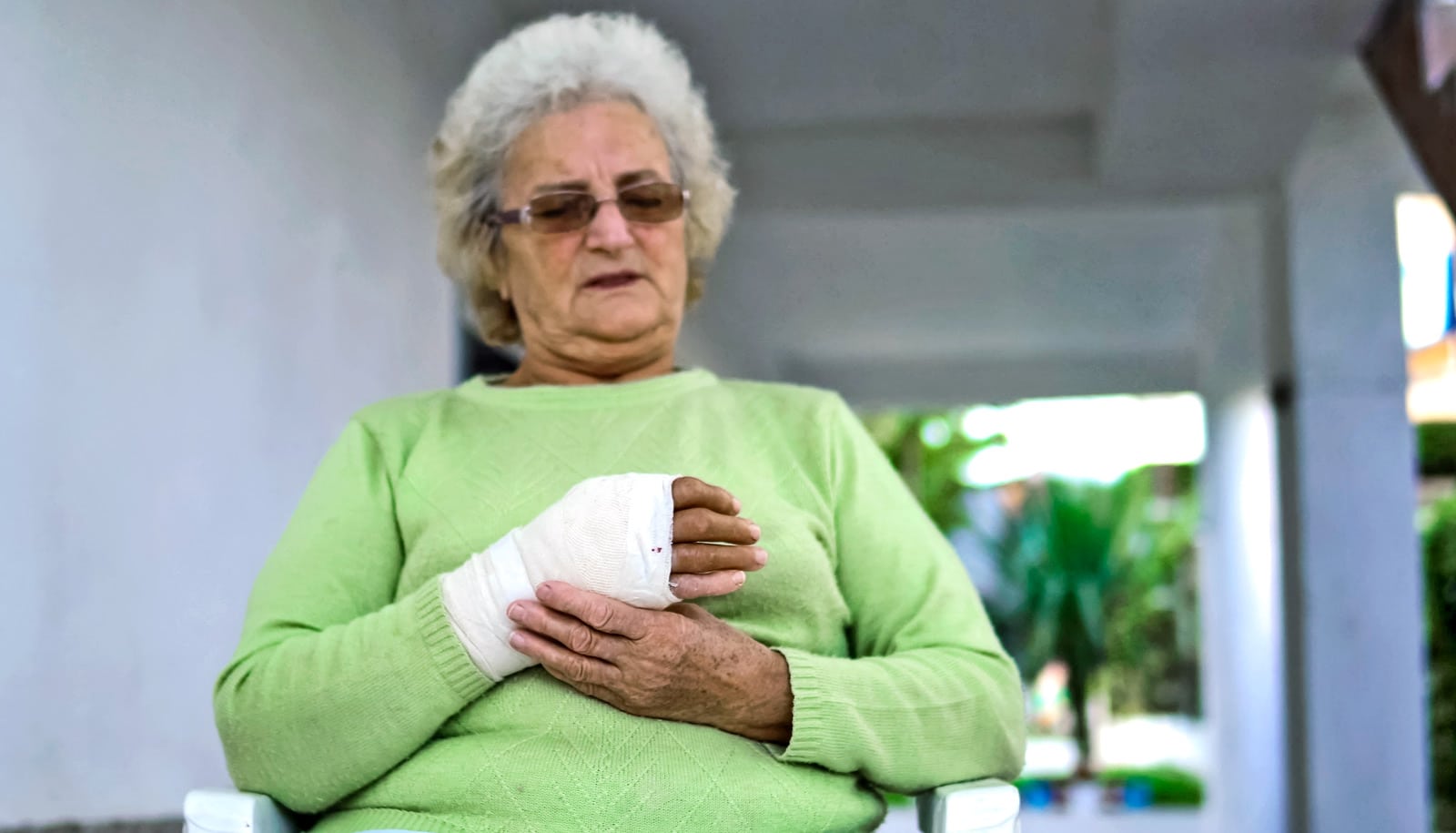Regular physical activity, including lighter intensity activities such as walking, is associated with reduced risk of hip and total fracture in postmenopausal women, according to new research.
The new study, which included more than 77,000 participants in the Women’s Health Initiative, is the most comprehensive evaluation of physical activity and fracture incidence in older women.
Researchers followed the women for more than 14 years. During follow-up, 33% of participants reported experiencing at least one fracture.
The women who did the highest amount of physical activity—approximately 35 minutes or more of daily recreational and household activities—had an 18% lower risk of hip fracture and 6% lower risk of total fracture.
“These findings provide evidence that fracture reduction is among the many positive attributes of regular physical activity in older women,” says Jean Wactawski-Wende, dean of the University at Buffalo School of Public Health and Health Professions and coauthor of the paper, published in JAMA Network Open.
“Fracture is very common in postmenopausal women, and is associated with loss of independence, physical limitations, and increased mortality,” Wactawski-Wende says.
In fact, the researchers note, approximately 1.5 million fractures occur in US women each year, creating $12.7 billion in health care costs. About 14% of these fractures are in the hip. Mortality after a hip fracture is as high as 20%.
“Modest activities, including walking, can significantly reduce the risk of fracture, which can, in turn, lower the risk of death,” Wactawski-Wende says. Non-recreation physical activity, such as yard work, and household chores such as sweeping the floors or folding laundry, also inversely associated with several types of fracture.
The research has important implications for public health, considering that these lighter intensity activities are common among older adults.
The main message, says first author Michael LaMonte, research associate professor of epidemiology and environmental health, is “sit less, move more, and every movement counts.”
Source: University at Buffalo



